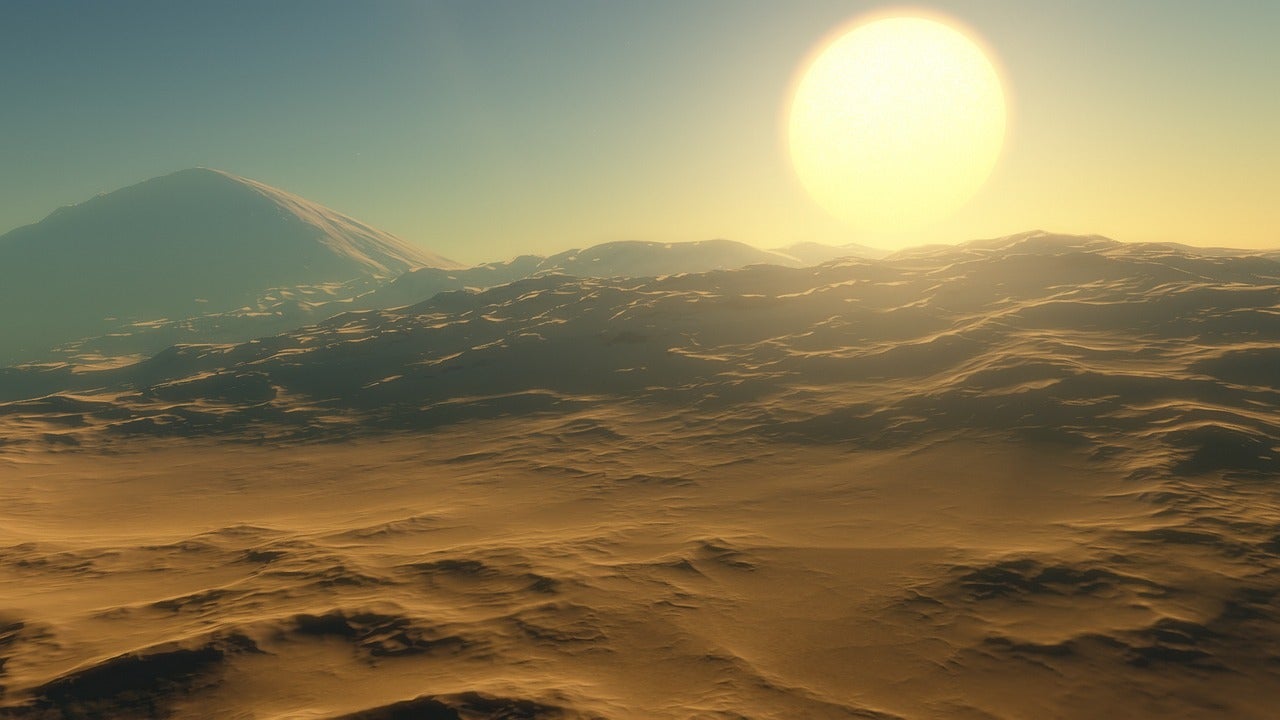Scientists devise new method for detecting whether a planet could be fit for humans
Assessing the atmosphere of far-off worlds could also make it easier to find life on those planets

Scientists have developed a new framework to help find planets that could potentially be fit for human habitation.
The study, which was published in Astrophysical Journal on Friday, involved researchers examining TRAPPIST-1e, a planet located roughly 40 light years from the Earth and due to be documented by the James Webb Space Telescope later this year.
The planet’s changing atmosphere was compared to the atmosphere on Earth due to its carbon dioxide levels and the rate of extreme weather conditions.
“These two variables are crucial for the existence of life on other planets, and they are now being studied in depth for the first time in history,” said Dr Assaf Hochman from the HU Fredy & Nadine Herrmann Institute of Earth Sciences in Israel.
“The research framework we developed, along with observational data from the Webb Space Telescope, will enable scientists to efficiently assess the atmospheres of many other planets without having to send a space crew to visit them physically. This will help us make informed decisions about which planets are good candidates for human settlement and perhaps even to find life on those planets.”
The researchers found that planet TRAPPIST-1e has a significantly more sensitive atmosphere than Earth.
They also estimated that an increase in greenhouse gases could lead to more extreme climate changes than would occur on Earth, due to the fact that one side of the planet is constantly facing its Sun – in the same way that our Moon is always facing Earth.
The search for more habitable planets is vital as human beings expand from Earth. China has plans for a Mars base, planetary development, and a ‘sky ladder’ to transport cargo, while Elon Musk has been a great promoter of colonising the Red Planet.
Scientists once assumed that the best place to look for extraterrestrial life would be planets within their star’s habitable, or “Goldilocks” zone, that narrow range of orbits where water remains liquid on a planet’s surface.
However, it is now thought that certain super Earth exoplanets – rocky planets between 2 and 10 times Earth’s mass – could remain habitable for forms of life at distances 10 times that of Earth from the Sun.
Other planets could even remain habitable for tens of billions of years after getting expelled from their solar system, but only if they contain thick hydrogen-helium atmospheres. As such, the ability to detect a planet’s atmosphere early on could be vital to the expansion of the species across the stars.
Join our commenting forum
Join thought-provoking conversations, follow other Independent readers and see their replies
Comments